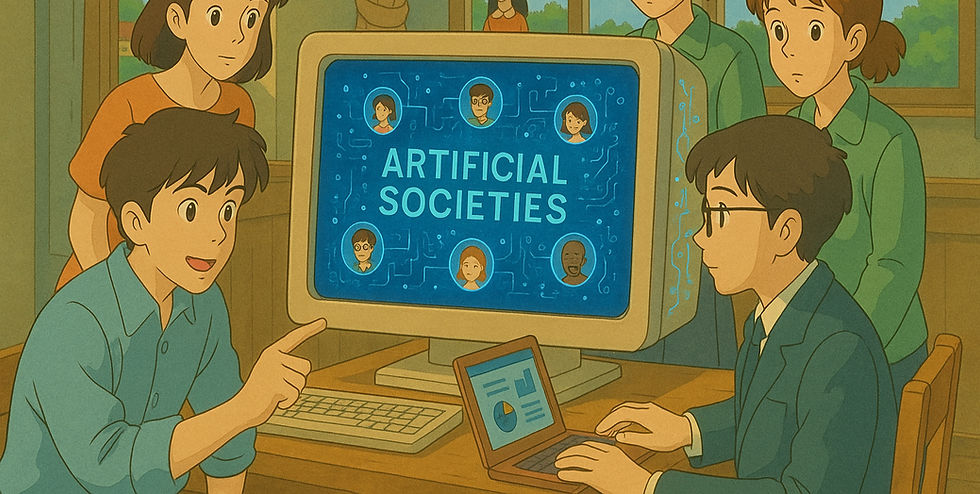Google Unveils Veo 3 an Advanced AI Video Generator Incorporating Audio for Enhanced Storytelling
- Brandon Zemp

- May 23
- 3 min read

Google has made a remarkable advancement in artificial intelligence with the launch of Veo 3. This innovative AI video generator not only creates stunning videos but also incorporates audio, elevating the storytelling process to new heights. Released on Tuesday, Veo 3 competes with OpenAI's Sora but stands out for its ability to generate realistic dialogue and immersive sound effects, transforming how stories are expressed through digital media.
The timing of Veo 3's release is crucial, as generative AI tools are increasingly finding their way into creative fields. Google aims to provide a more engaging experience for content creators, educators, and AI enthusiasts by merging audio with visual elements. This dual capability allows users to craft narratives that are not only visually appealing but also rich in sound, resulting in a more defined storytelling experience.
Key Features of Veo 3
A standout feature of Veo 3 is its capability to generate audio in sync with video visuals. Eli Collins, Google DeepMind's product vice president, highlights that Veo 3 excels in various aspects, including text and image prompting, real-world physics, and accurate lip syncing. For example, a user can script a scene with three characters conversing, accompanied by realistic sounds like rustling leaves or distant animal calls.
This blend of audio and video opens up numerous possibilities:
Education: Imagine an educator creating video lessons where historical figures discuss events in real-time, alongside background sounds of a bustling marketplace from the era.
Marketing: A marketing professional might produce a promotional video for a new travel app, complete with authentic soundscapes like waves crashing on a beach, drawing viewers in through sensory storytelling.
The integration of audio makes it easier for users to elevate their projects, whether developing educational content, launching marketing campaigns, or simply bringing creative stories to life.
Availability and Target Audience
Currently, Veo 3 is accessible to subscribers of Google’s Ultra subscription plan, priced at $249.99 per month. This plan is aimed at AI enthusiasts and content creators who seek cutting-edge tools. Additionally, the users of Google’s Vertex AI enterprise platform will also gain access to this state-of-the-art tool.
This pricing strategy indicates that Google positions Veo 3 as a premium offering. As a result, it aims to attract dedicated users who are willing to invest in advanced video generation capabilities. With its unique features, Veo 3 is set to cater to various sectors, including education, entertainment, and corporate training. The integration of audio could enhance the engagement level of training videos or educational tutorials, setting new standards in those fields.
Other Innovative Tools Launched by Google
Alongside Veo 3, Google has introduced Imagen 4, a tool that enhances image generation, producing high-quality images based on user prompts. This aligns with Google's mission to advance both image and video generation capabilities.
Additionally, the launch of Flow—a filmmaking tool that allows users to specify locations, shots, and styles—offers creators an accessible platform to bring their visions to life. Flow can be utilized through various Google services, such as Gemini and Workspace, simplifying the filmmaking process.
Considerations for Future Use
While the excitement around Veo 3 is palpable, users should approach AI-generated content thoughtfully. The balance of audio and video generation can lead to creative breakthroughs, but it raises important questions about authenticity, copyright, and ethics in AI-generated media.
Google's past challenges with AI tools, such as issues reported with the Imagen 3 tool, highlight the necessity for extensive testing. Inaccuracies in these tools can lead to potential backlash. This serves as a crucial reminder of the importance of responsible AI deployment, emphasizing the need for thorough evaluations and accountability.








Comments